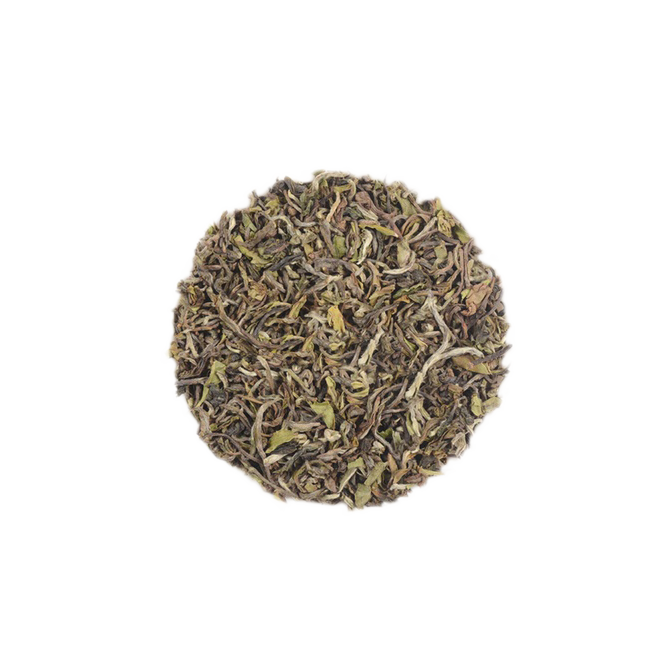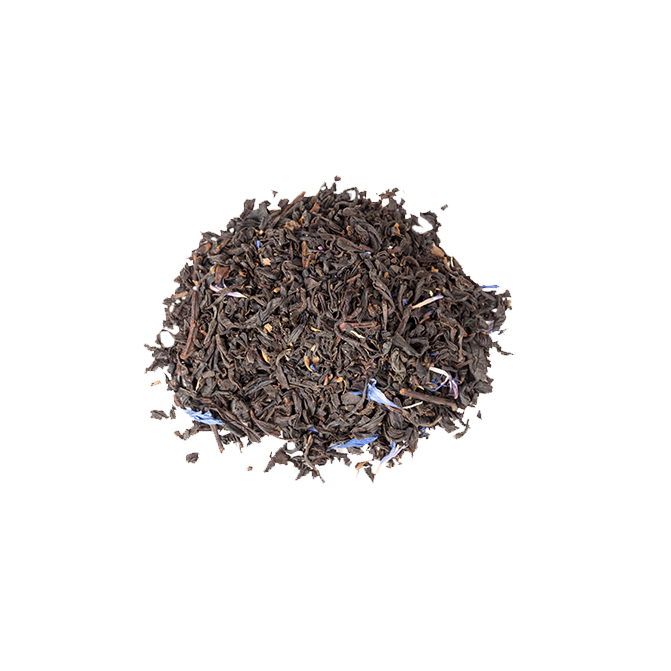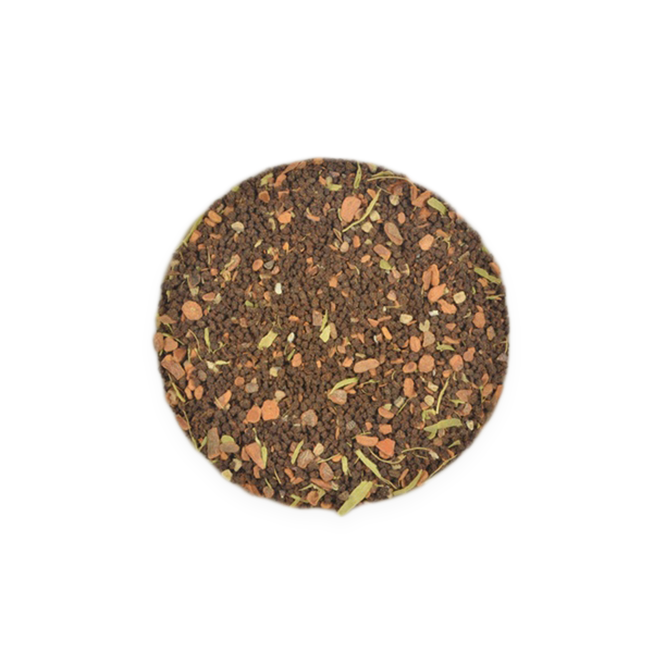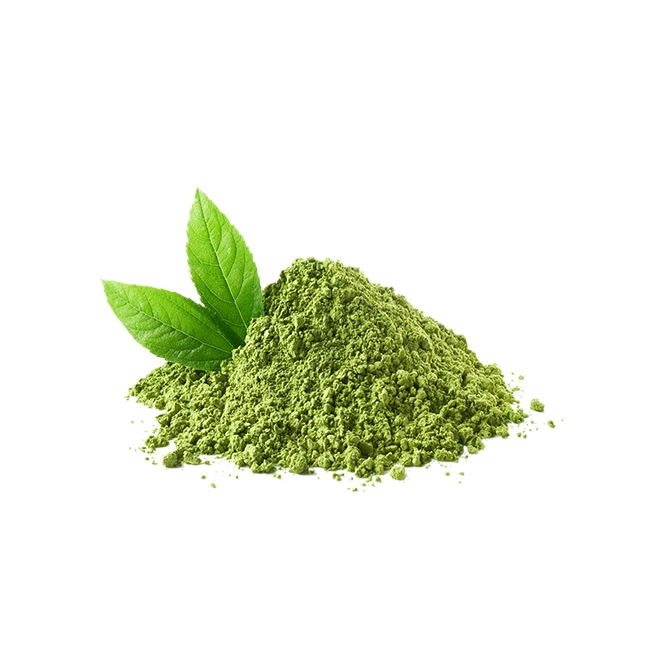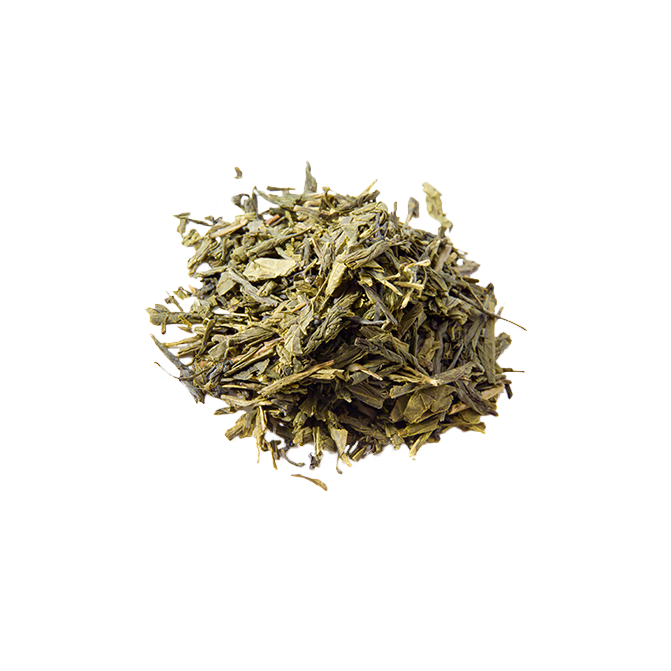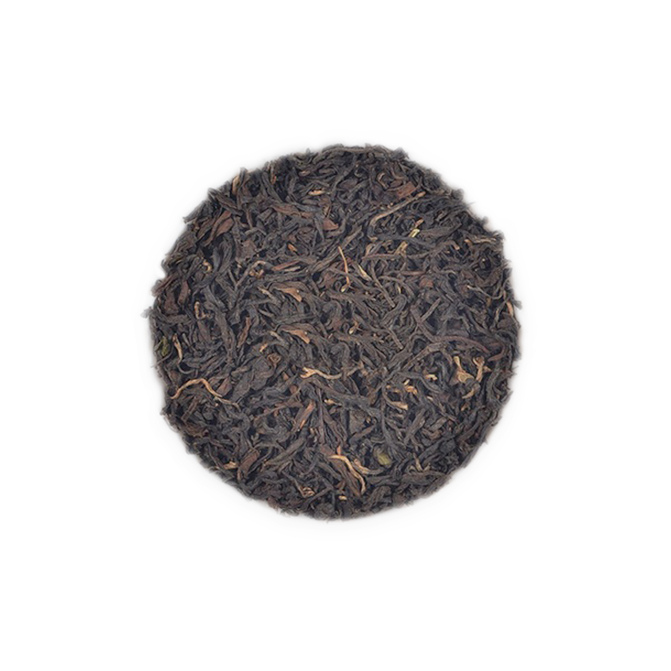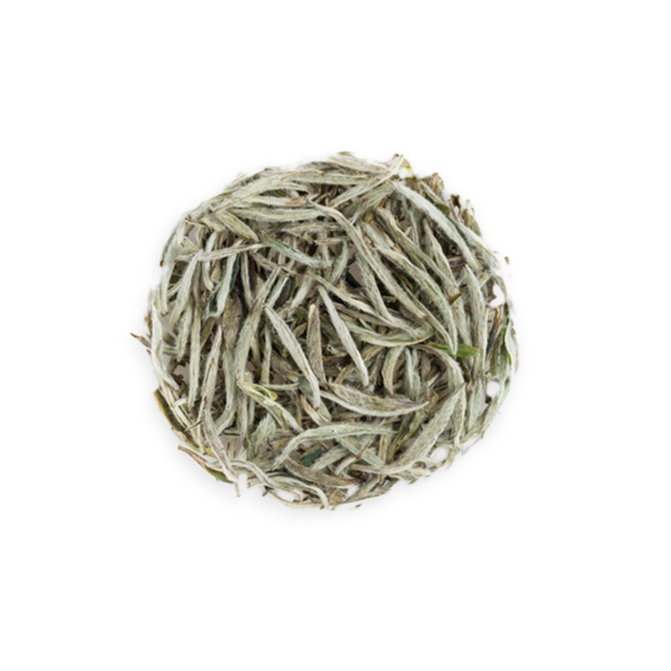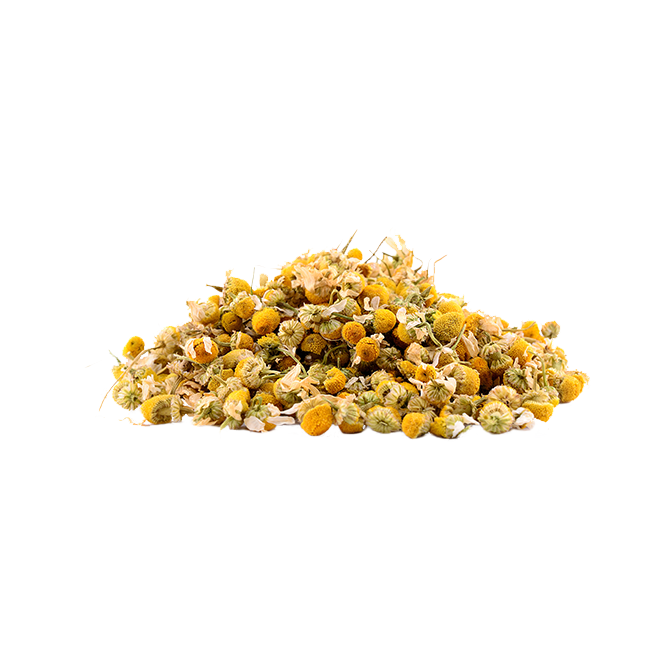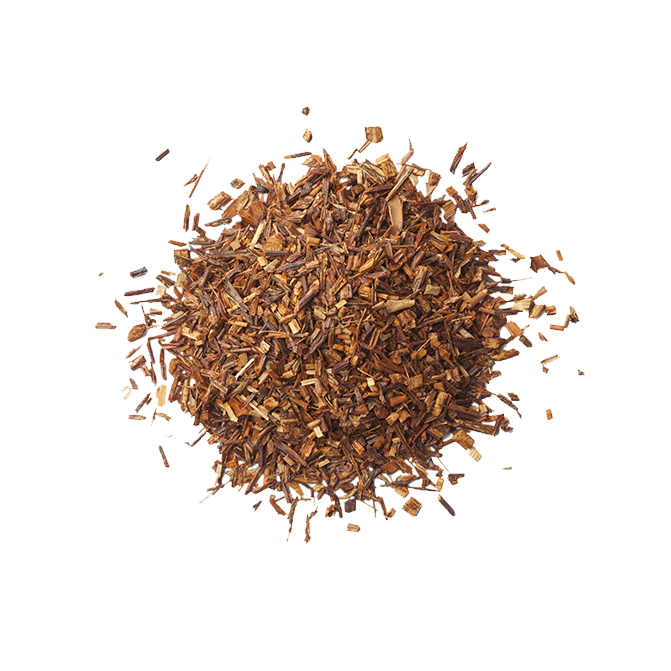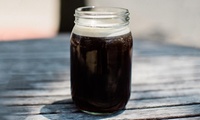GROUPON GUIDE TO SOUTH-BEND
14 Different Types of Tea: A List of Tea Varieties
BY: Editors |Aug 31, 2022
Shop More Teas

Two Rivers Assorted Tea Variety Sampler for K-Cup Brewers (40-Ct.)
56% discount_off
TWO RIVERS COFFEE

100 Pcs Non woven Disposable Filter Empty Teabags Herb Loose Tea Bag US
Tyzon

Prospect Tea Pods for Keurig K-Cup Makers, 40 count
$23.98
TWO RIVERS COFFEE

US 1-2 Pc Stainless Steel Mesh Tea Ball Strainer Diffuser Steeper Lock Filtering
55% discount_off
4 bought
Go Deals

Organa Fine USDA Organic Gourmet Tea Single Serve Pod for Keurig Brewer 24 Count
6% discount_off
26 FLAVORS
Tea Deals Under $20

100 Pcs Non woven Disposable Filter Empty Teabags Herb Loose Tea Bag US
Tyzon

US 1-2 Pc Stainless Steel Mesh Tea Ball Strainer Diffuser Steeper Lock Filtering
55% discount_off
4 bought
Go Deals

Organa Fine USDA Organic Gourmet Tea Single Serve Pod for Keurig Brewer 24 Count
6% discount_off
26 FLAVORS

